China is unprepared for war, according to a controversial report from a US think tank, which argued that the primary driver behind the ruling Communist Party’s extensive military modernisation is maintaining its grip on power rather than confronting a foreign adversary.
Under Chinese leader Xi Jinping, Beijing has aggressively expanded its military capabilities. The People’s Liberation Army (PLA) once not even among Asia’s strongest forces has now reached a level where analysts believe it rivals—or even surpasses—the US military in certain areas.
Repeated simulations by US defense experts indicate that the US despite being widely recognized as the world’s most powerful military, would struggle in a conflict near China’s shores particularly over Taiwan, the self-governing island that Beijing claims as its own.
However, a report published last month by the Washington-based RAND Corporation casts doubt on the combat readiness of China’s People’s Liberation Army (PLA) despite its impressive arsenal and substantial military spending.
The report, titled “Is China’s Military Really Built for War?”, challenges the assumption that a large and well-equipped military automatically translates into effective combat power. It argues that the PLA’s primary focus remains upholding the rule of the Chinese Communist Party (CCP), a mission that often conflicts with developing true warfighting capabilities.
The report draws parallels with historical examples, such as the Qing dynasty’s technologically superior navy’s defeat in the First Sino-Japanese War and the Nationalists’ loss in the Chinese Civil War despite having better weapons.
“History has repeatedly shown that militaries sometimes fail to effectively use their advanced armaments in battle,” the report said. It also pointed out the recent example of Russia’s struggles in Ukraine, highlighting the disconnect between peacetime military displays and actual wartime performance.
A key question the report poses is, “What is the purpose of the Chinese military?” While all militaries ostensibly exist to protect the state, their actual functions can vary significantly. The report argues that the PLA’s historical and current focus is on ensuring the CCP’s continued power even at the expense of combat readiness.
“The Chinese military is fundamentally focused on upholding Chinese Communist Party (CCP) rule rather than preparing for war,” the report asserted.
The report traces the PLA’s history, noting its evolution from a combat-effective force during the Chinese Civil War to a politically reliable one after the CCP’s victory. During the post-Korean War era, the PLA prioritized internal security and political loyalty over combat skills, even amidst modernization efforts. The 1979 Sino-Vietnam War, where the PLA suffered heavy losses, exposed the cost of this focus on political reliability.
While China has poured billions into military modernisation, the report argues that this investment is primarily aimed at bolstering the CCP’s legitimacy, both domestically and internationally.
The report questions the narrative that China’s military buildup is primarily aimed at conquering Taiwan. It argued that Taiwan’s importance to CCP legitimacy is overstated, Chinese leaders have shown no genuine interest in starting a war and the PLA has made surprisingly little preparation for a Taiwan invasion.
“Chinese leaders have shown little interest in starting a war,” said the report. It further pointed out the lack of detailed analysis of the Taiwan conflict in Chinese military writings and the absence of any public mobilisation for war.
The report suggested that the PLA’s political control mechanisms, while ensuring loyalty to the party may also hinder its combat effectiveness. It also raised serious questions about the true capabilities of the PLA and its ability to wage war, suggesting that its impressive hardware may mask underlying weaknesses stemming from its political priorities.


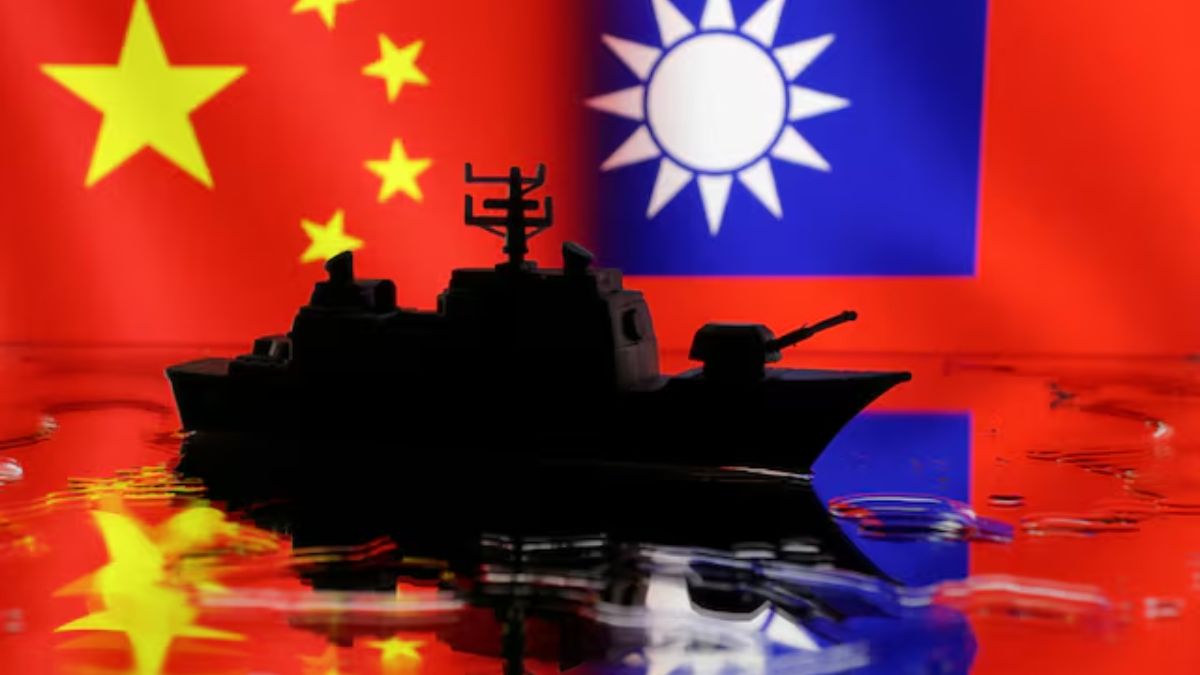)
)
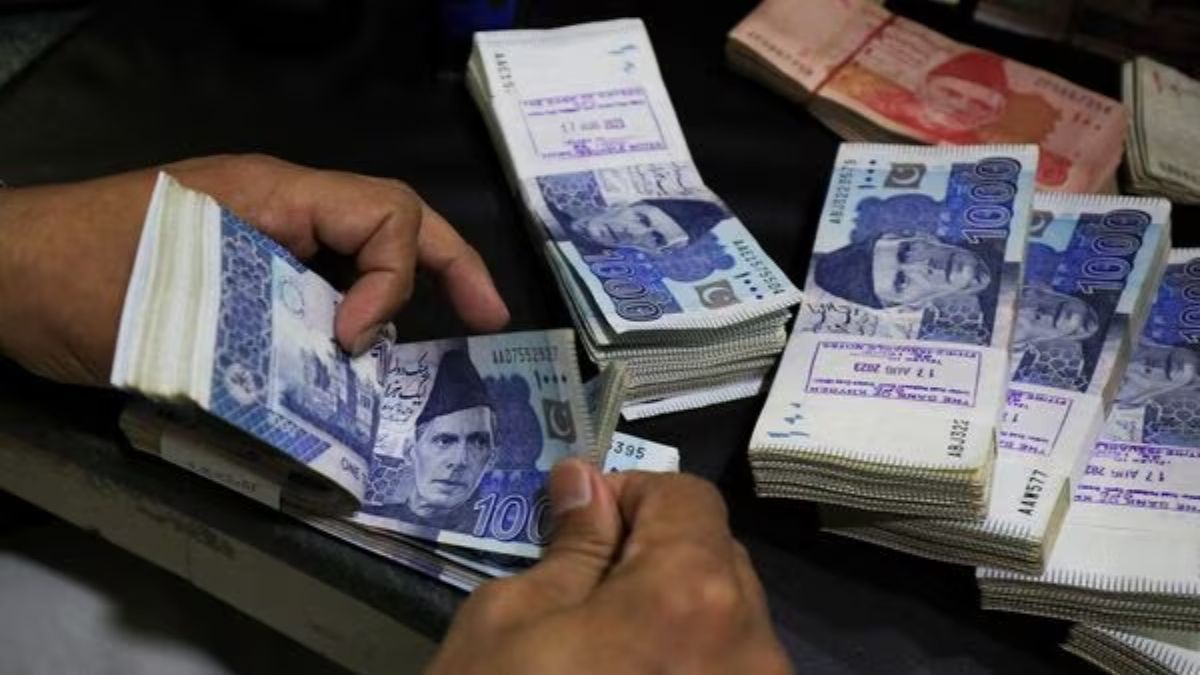)
)
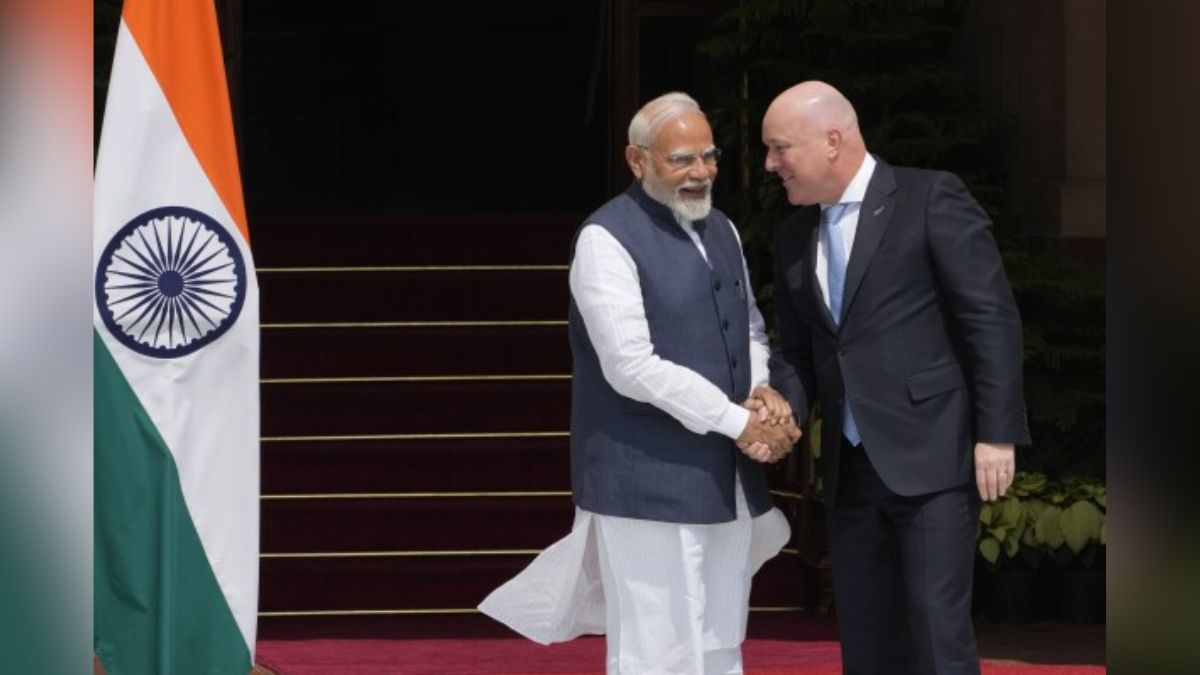)
)
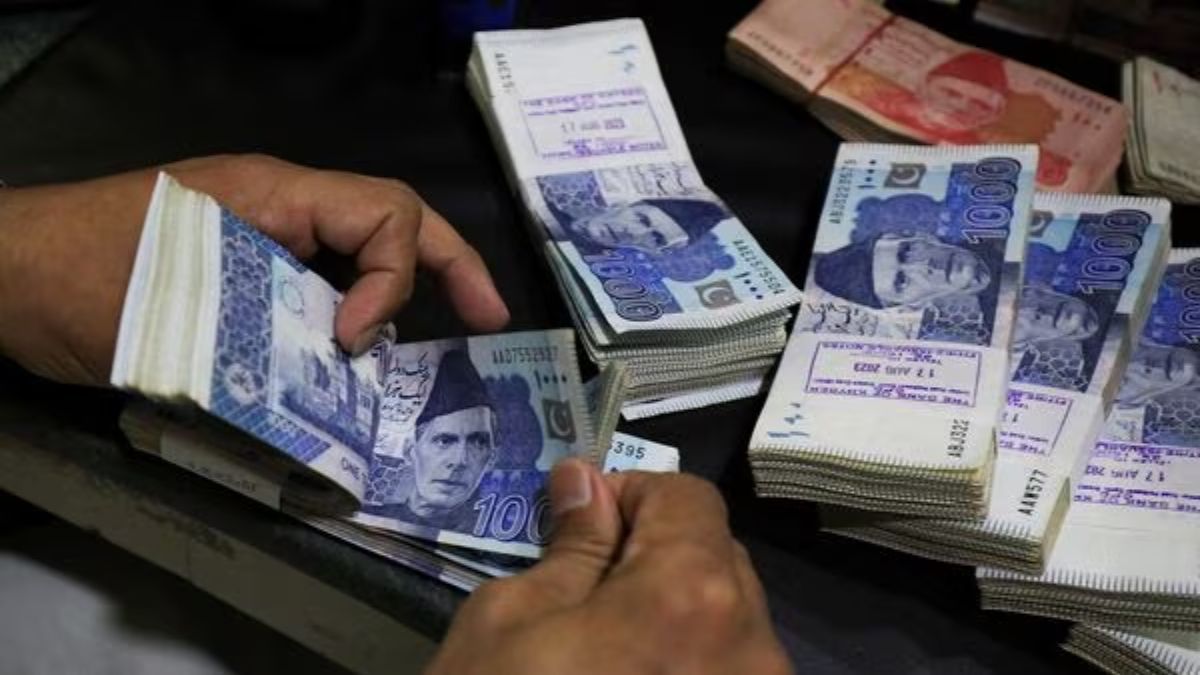)
)
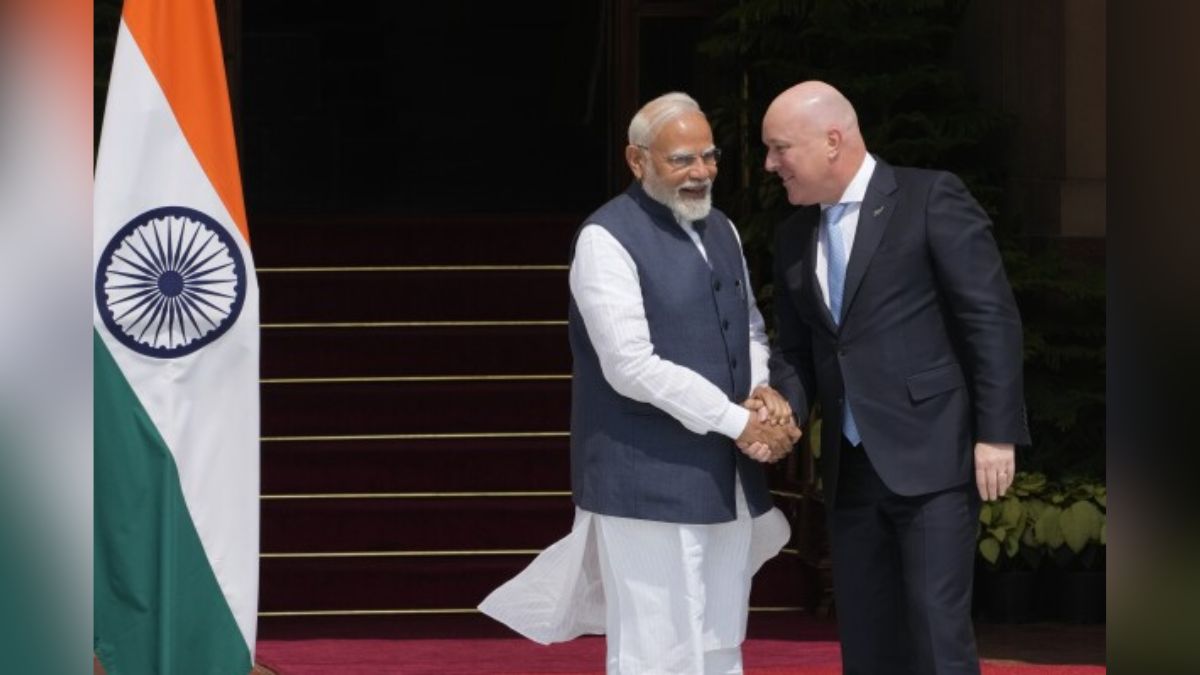)



